Spring is here! Radiant sunlight, clear blue skies, blossoming trees, but….
China is still not out of danger yet. While the number of newly confirmed domestic cases has decreased significantly and cities across the country are lifting travel restrictions, the number of confirmed imported cases has spiked in recent weeks. This is especially the case in the capital city of Beijing. Security checks on the ground remain stringent, and everyone dutifully wears a mask whenever heading outside.
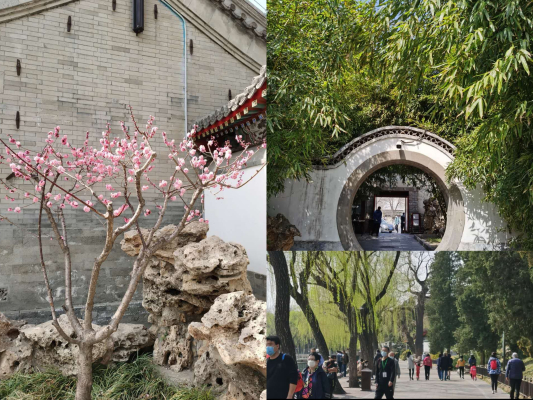 Beihai Park with 4000+ visitors (March 21, 2020)
Beihai Park with 4000+ visitors (March 21, 2020)
Enter a mall? Thermometer guns or infrared temperature scanners.
Enter a shop or a restaurant? Thermometer guns and a fill-in form that requires your time of entry, name, and phone number. In rare cases, they will ask you to scan a QR code on your phone that essentially tracks your health and location.
Seems quite Orwellian, no? Perhaps, but the majority aren’t complaining.
Although numerous restaurants across Beijing are now operational again, few allow dine-in. In the mood for some good, old American cheesecake, what better place is there than to eat at The Cheesecake Factory? With Lady Luck on my side, dine-in was an option.
So what is the dine-in experience like where the virus persists as a threat? How does it differ in countries beyond China where the pandemic has just started? Journey with me to Wangfujing, Beijing’s most famous shopping street.
To reach there, I got on Line 4 and transferred to Line 1. Line 1 is the busiest line in Beijing due to its stops which are conveniently located right next to Tiananmen Square and the Forbidden City. Queues on the platform are normally endlessly long, and when you do get on the train, you will find yourself packed like sardines with the other commuters.
However… lo and behold!
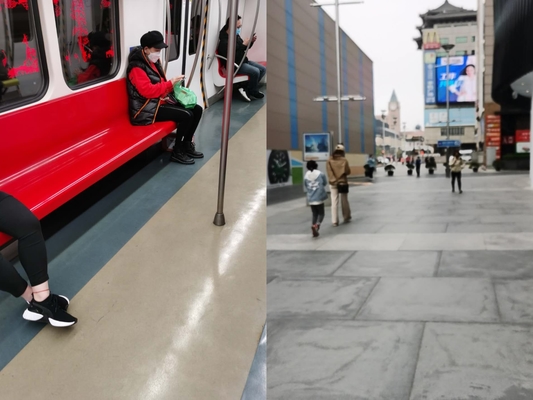
After exiting Wangfujing Station, I strolled around the once busy, touristy commercial street. While it was a weekday when I had gone there, it was still shocking to see how many shops were shuttered. Few pedestrians roamed about, and I doubt that they were tourists.
I then proceeded to the East Building, strode past the infrared temperature scanner, and headed towards the 4th Floor where the restaurant was. The boutiques on each floor were brightly lit and open for business (so was Starbucks), but something felt amiss. Despite there being a steady stream of shoppers, the overall atmosphere nevertheless felt desolate and ghostly in contrast to the routine hustle and bustle.
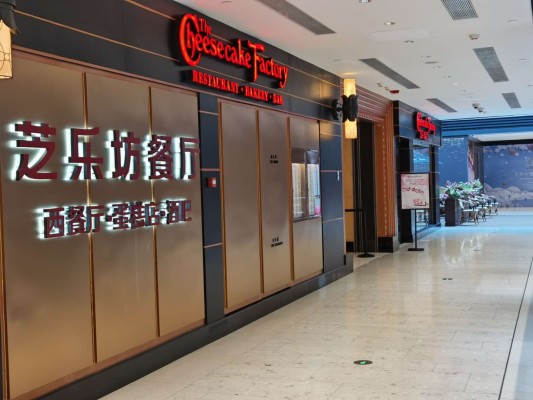
Upon entering, I was warmly greeted by the staff. As expected, I had to abide by the usual procedures which meant a temperature check and filling out my personal information. Fun fact——by law, all staff members must have had been quarantined in the city for fourteen days and have had their daily temperatures taken before working and the place must be disinfected regularly. From the kitchen cooks to the servers, it was apparent that everyone wore masks and plastic gloves. I was eventually ushered to a booth far away from all the other customers. Of course, it being a weekday, diners were far and few between. With assurance, I did not need to fear the contagion and happily ate worry-free.
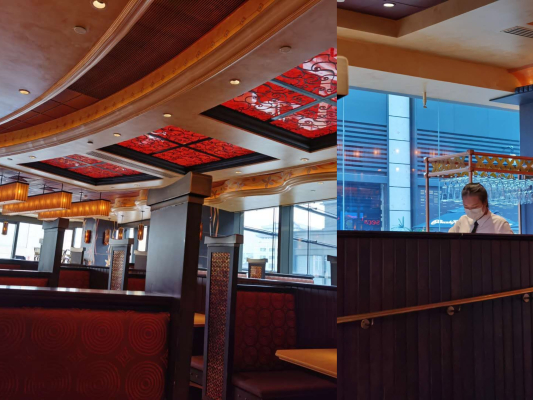
In certain areas of Beijing, such as Sanlitun, the number of customers allowed to dine-in is limited to fifteen, and yes, government personnel will inspect the place. After a brief talk with my server, I have found out that even with the ongoing pandemic, it was business as usual. Foreigners can be seen having a drink or two on the weekends. Naturally, takeaway is still what drives short-term profit. I cannot say for certain when the outbreak will eventually be gone for good within China, but it is clear to see that the Chinese people are now in better spirits than they were in when the outbreak had peaked.
What is the situation like where you live? How are you coping with COVID-19?
[zombify_post]

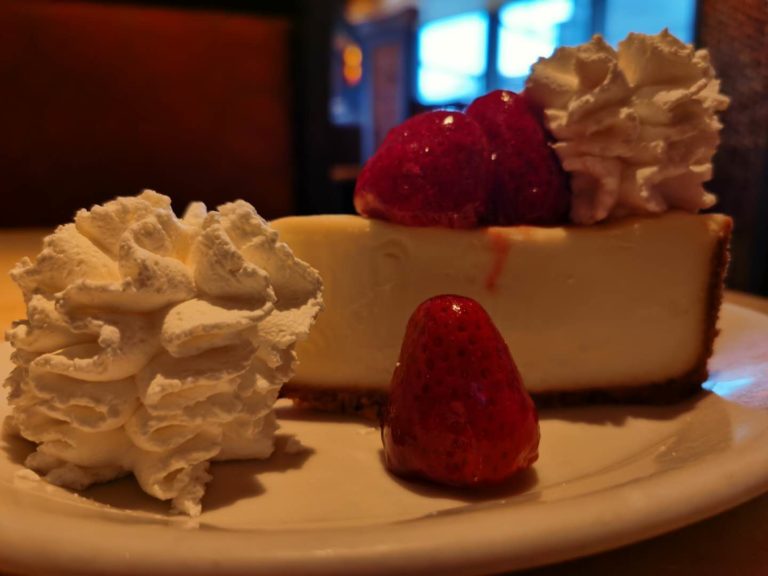
0 Comments